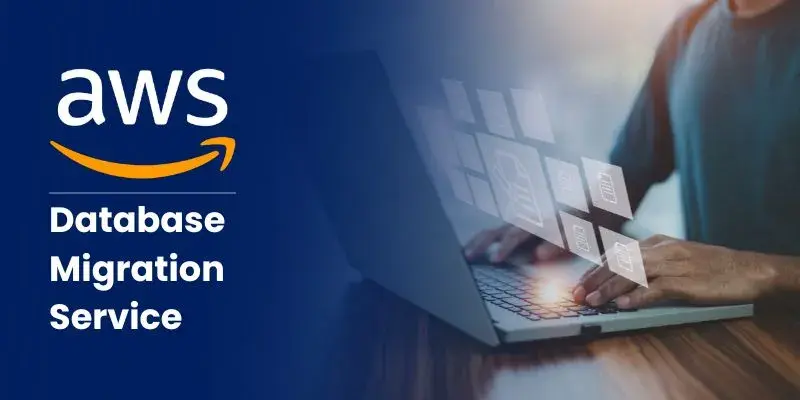The Power Of AI: Enhancing Full Stack Monitoring And Security
- Lency Korien
- Apr 12, 2024
- 3 min read
Today’s businesses are highly dependent on a continuum of complex software systems that scale out via remote data centres. Implementation of such demands underlines the need to use software components that can be counted on, function properly and provide a secure interface. However, the relative complexity of today’s software architecture and the ever-changing threat landscape deter the use of traditional monitoring approaches. This is how AI comes into the picture by enabling teams to monitor individual components across the application stack.
This blog will explore how AI is transforming full-stack monitoring and security. Full-stack monitoring plays a critical role in maintaining system health. It facilitates developers to be a step ahead in troubleshooting by identifying, analyzing and eliminating technical glitches across the entire software stack.

Understanding Full Stack Monitoring
Full-stack monitoring involves analyzing and monitoring all the levels of the application stack starting from the infrastructure passing on the networks and servers, then to databases, middlewares and application code. This enables teams to gain a comprehensive view of the system’s performance and health, which can, in turn, help in the diagnosis of issues, detecting slow-downs, and optimization of the system resources in use.
Challenges with Traditional Monitoring Approaches
The conventional approach for monitoring is based on several stipulated checkpoints and defined rules, augmented by constant static alerts. This approach may not be effective in detecting anomalies, especially where daily activities are dynamic and complex. Additionally, siloed monitoring tools used to fetch data, and fragmented sources of data, can make troubleshooting and fetching decision-making information, a serious problem across the different layers of the stack.
The Role of AI in Full Stack Monitoring
AI-enabled monitoring solutions leverage machine learning algorithms to process the real-time telemetry data for assessing deviations in performance from normal. By identifying these abnormal patterns, teams can easily determine system failures, security threats and performance degradation of the system. Through the study of historical data and the ability to adjust to varying metrics, AI systems can provide a more effective, prompt and intelligent monitoring mechanism. Through this, organizations can monitor and troubleshoot problems even before they can impact the customers.
Key Capabilities of AI-Powered Full Stack Monitoring
Anomaly Detection: AI algorithms can easily distinguish abnormalities based on multiple metrics such as CPU utilization, bandwidth, response times and the ways users interact. By constantly monitoring the fluctuations of key indicators, teams can recognize the abnormalities in real-time and take corrective actions to maintain system stability and performance.
Predictive Analytics: AI-powered predictive analytics models analyze historical data to predict future trends and performance patterns. These AI-driven forecasts help teams to identify potential issues and accordingly make decisions for appropriate resource planning & capacity expansion. By taking these actions, organizations can anticipate system behaviour and predict demand fluctuations that enable proactive resource allocation and risk mitigation.
Automatic Root Cause Analysis: AI-powered RCA algorithms correlate events and dependencies across different layers of the stack to identify the underlying reasons for performance degradation or failures. By automating the RCA process and applying DevSecOps solutions and services, enterprises can shorten the mean time to resolution (MTTR) and consequently minimize the impact of incidents on business operations.
Dynamic Thresholding: AI algorithms are capable of evaluating dynamic environments in real-time, a process called real-time assessment. Therefore, these procession patterns form the basis on which the triggers are altered to reduce the rate of false positives and alerts. Using AI, systems would be designed to have the ability to adapt to variations in system behaviour and environment.
You can check more info: The Power Of AI: Enhancing Full Stack Monitoring And Security.





Comments